Back in the day, in 1936, Czech expert caver and hiking promoter Alojz Lutonský shared a daring vision: to build a chairlift to Chopok peak in central Slovakia’s Low Tatras mountain range. “[If I could jump ahead in time] I would build a large chairlift from [the town of] Liptovský Mikuláš along the rocks of the valley to the caves, [and] from there up to [the tourist centre at] Jasná,” he said. Following a later trip to Switzerland, the first chairlifts – in those days, passengers sat sideways on – sprang up in Jasná, a borough that today belongs to the village of Demänovská Dolina, during the late forties and fifties.
“What I’m proposing today doesn’t have to be a utopia, a fantasy, but the reality, in future,” claimed the Czech.
For Lutonský, the Slovak mountains had by then become his new passion and home. However, his idea of connecting Liptovský Mikuláš, a hub of the Liptov region that offers plenty of water, hiking and skiing adventures, and Jasná by cable car remains unfulfilled to this day. Nonetheless, the northern and southern side of Chopok have been joined together via chairlifts.
Today, four new cable cars and five stations – Biela Púť, Priehyba, Chopok, Kosodrevina and Krupová – connect the two sides of the peak, across which Jasná spreads out. Over the course of a century, more than 50 kilometres of ski runs have been carved out, making the tourist centre into the largest ski resort in central Europe (if one does not include Austria in this category). Tourism began to thrive in the area as soon as two notable Demänovská caves, including an ice cave, were discovered here in the 1920s.
My trip to Jasná itself began on a crowded morning train from Bratislava to Liptovský Mikuláš, where I hopped on a local bus that took me straight to the resort. The bus runs every hour, more or less. Its journey through the Demänovská Dolina valley, including its zig-zag road, many hotels, parking lots and forests, ends at the resort. The bus announces every stop through speakers, which makes it difficult to get lost. (If you want to start your trip from other side of the mountains, you will need to travel to the town of Brezno and get on a bus that will take you to the southern end of the resort, depositing you at the Srdiečko/Trangoška end stop.) It is very easy to reach the resort from either side without a car indeed.
Cable cars instead of hiking
Because I don’t ski, I decided to head to Jasná while the sunny and warm days were still with us.
“Jasná is wonderful in summer as well,” the resort’s director Jiří Trumpeš told me. “Unlike winter, it is much calmer.”
Most of the resort’s cable cars remain in service during the summer, so it was no surprise that my mission to discover the resort for the first time in my life would begin in a cable car. The price of a return ticket (also known as north-south) to Chopok ranges from €29 to €33, depending on whether you buy the ticket in the tourist information centre, online or via the Gopass app. If you want to save money, you can hike to Chopok, the second highest peak (2,024m) in the Low Tatras, and even continue along the ridge to Ďumbier, the highest peak (2,043m) in the range, or walk down the southern side of Chopok.
A lake that is used to produce artificial snow in winter, and which is located next to the final bus stop and the first cable-car stop, Biela Púť, was my first visual contact with the resort. In summer, anyone can rent a pedalo here and take gorgeous photos from their boat, with the resort and mountain scenery posing in the background. A short distance from Biela Púť, which is next to a children’s fun zone with trampolines and tubing track, a short yellow-marked trail begins, leading visitors to the nearby Vrbické Pleso, a natural mountain lake that is the largest of its kind in the Low Tatras and enjoys level-five nature protection.
But my first real experience with the resort started with a visit to the new, clean and – rather unusually for Slovakia – free public toilets. I was not the only visitor to leave impressed. Before I entered, I overheard a group of Polish hikers commenting on the facility, which they intimated was superior to anything they’d seen in Poland.
“To jest [It is] super,” a Polish girl uttered, smiling.
I then got in the comfortable cable car, eager to observe the resort from above. Its numerous accommodation facilities, including the controversial new Hotel Damian, one of the largest in central Europe, grew smaller as the cable car moved towards the second station, Priehyba.
A sheep farm, three dogs and mountain carts
At Priehyba, a sheep farm called Salaš Priehyba finds its home in summer. This relatively new project, started by local animal carer Peter Kompiš, aims to return a specific breed of sheep, the Wallachian sheep (Valaška in Slovak), to the local mountains. Unbothered by the cable cars above their heads, they graze on part of a ski slope that is used for skiing competitions. It’s named after Petra Vlhová, Slovakia’s best alpine ski racer. Three Pyrenean mountain dogs – Soleil du monde (straight from the Pyrenees), Kay (biggest and youngest), and Džaila, the only female dog in the group of these giant white guardians – protect the herd of more than 40 Valaškas.
“They grew up with sheep from their birth,” said Veronika, one of the shepherds on the small farm.
The dogs may bark at people if they bend over the fence or try to open an enclosure, but they do not attack people. It is even possible to enter the enclosure and pat the shaggy dogs if a shepherd is nearby.
Alternatively, you can get into another cable car and head straight to Chopok peak.
When it comes to the name of the peak, foreigners sometimes mispronounce it, as if they would want to “chop” something. The “ch” is actually pronounced as it is in the Scottish word “loch” (as in Loch Ness, home of the putative monster). Foreigners calling the peak “Chop-ok” will still entertain Slovaks. The top of the peak, which looks like a pile of stones of various sizes, is just a short hike away from the cable car and two restaurants: one is the highest hotel and restaurant in Slovakia, the Rotunda; the other is in a nearby cottage known as Kamenná Chata (Stone Mountain Hut) or Kamienka. The hut, a former shelter for workers who built the cable cars after the Second World War, is the third highest hut in Slovakia. It now serves as a shelter for tourists.
At Chopok, visitors can hike on to Ďumbier, return to Biela Púť or continue to the southern side of Chopok.
Another cable car – this one is called the A2 – took me to the Kosodrevina station. Next to the station stands the Kosodrevina restaurant. In the former cable car operator’s room, visitors can find a small museum devoted to the history of cable cars and skiing in Jasná. It is called Von Roll, after the Swiss company that made the first chairlift for this area, and it looks like an old-school cable car station. But the Kosodrevina station also offers three-wheeled adventure thanks to its fleet of mountain carts. These reminded me of my childhood when my brothers and I used to share a small cart at our grandma’s that we would ride down the road, pretending to be racing car drivers.
After signing a paper acknowledging the safety risks and donning a helmet, I set off on a wild 2.6-kilometre ride down the zig-zag and rocky ski slope to the Krupová cable car station. This time, my cart had a number – 13, so I felt like a proper hillclimb race driver, although my mountain cart only went down hill. The ticket price ranges from €16 to €37, depending on whether you also want a cable-car ticket to return to Chopok or Biela Púť.
Where to eat and sleep
Krupová is the last cable car station in the Jasná resort, or the first one if you start off your trip on the southern side of Chopok. Opened in 2016, the local cable car, A5, does not operate as frequently as those on the northern side, but you can relax at a small bar, the Summer Bar, which has deckchairs scattered around it, and enjoy the music while you wait for the cable car to leave. (A rather more luxurious counterpart, the Crystal Bar, stands next to the tourist information centre in Biela Púť.)
As for food, the Kosodrevina and Kamienka restaurants are good places to try. They both offer spectacular views of the mountains. Hearty stews, steamed buns with butter and poppyseed, and that Slovak perennial fried cheese have long been a traditional part of the menus at these restaurants. The Tatra Mountain Resorts company, which owns the Jasná resort, operates seven hotels in Jasná, including the Hotel Liptov near Vrbické Pleso and Hotel Tri Studničky in Demänovská Dolina. A standard room for one person a night costs about €60 or more at the Liptov, while a standard room at the latter hotel will cost at least three times more. The company also owns the Hotel Srdiečko, which makes guests feel like they are staying at a mountain hut. The hotel has welcomed guests since 1958. It is located near the Krupová station, on the southern side of Chopok. All these hotels operate their own restaurants.
After half an hour spent at Krupová, I set out on a cable-car trip back to Biela Púť. I stopped at the sheep farm to say a final goodbye to my fluffy friends and then headed down to where I had begun my one-day adventure. Standing by a railing next to the tourist information centre, I looked down at the artificial lake. All the boats were parked by the jetty, and people were gradually leaving the resort. No wonder: it was after 18:00. Thinking of the things I had not managed to see, and already considering my next trip to Jasná, I told myself that it was about time for me to go home as well.
The article has been brought to you thanks to a partnership with the Žilina Tourism Region - www.zilinskyturistickykraj.sk. Implemented with the financial support of the Ministry of Transport of the Slovak Republic.

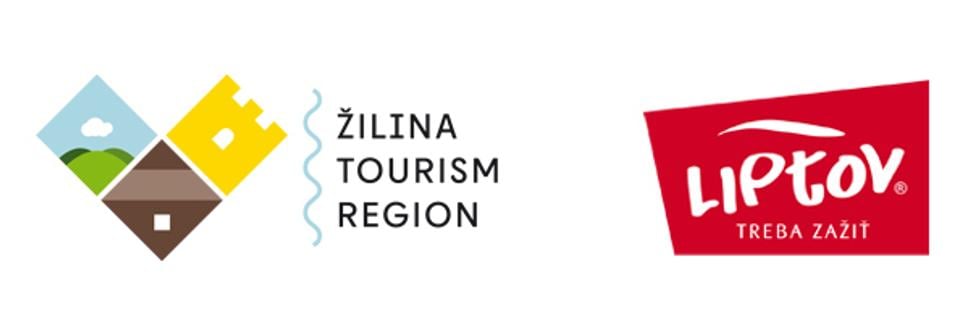


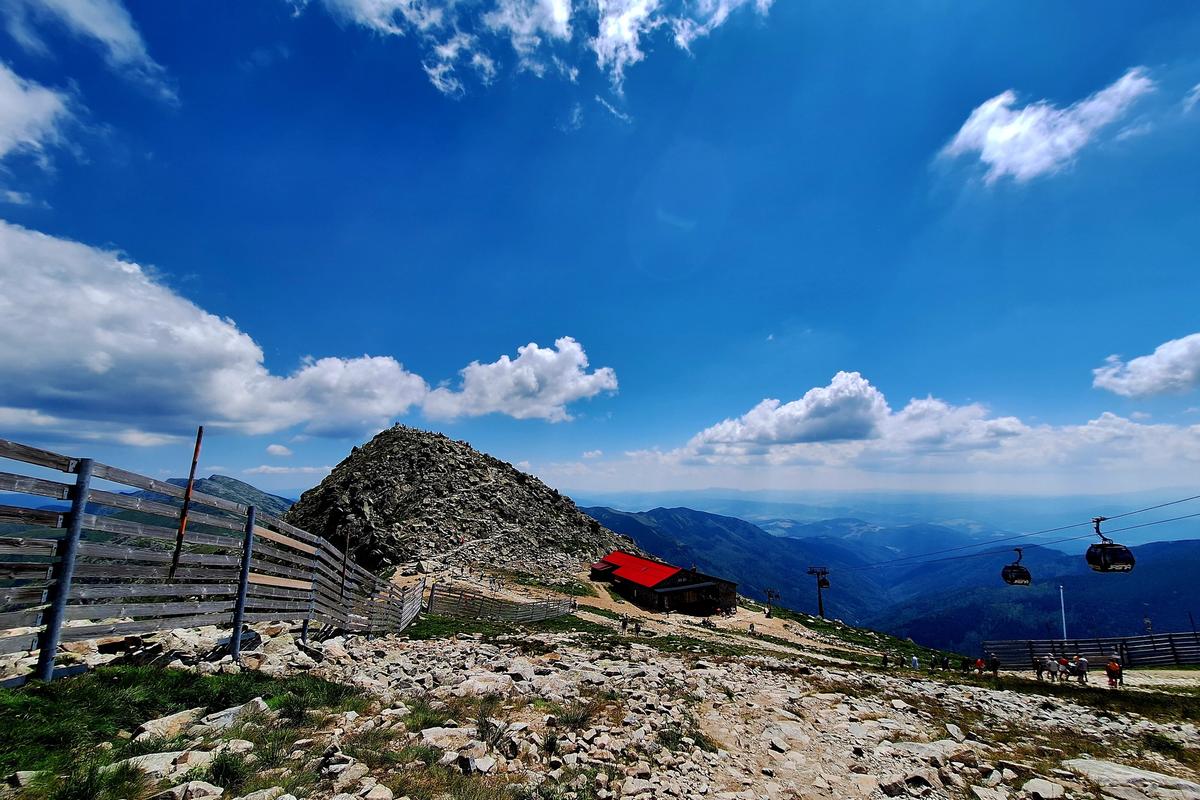 The Kamenná Chata mountain hut below Chopok peak. (source: Peter Dlhopolec - The Slovak Spectator)
The Kamenná Chata mountain hut below Chopok peak. (source: Peter Dlhopolec - The Slovak Spectator)
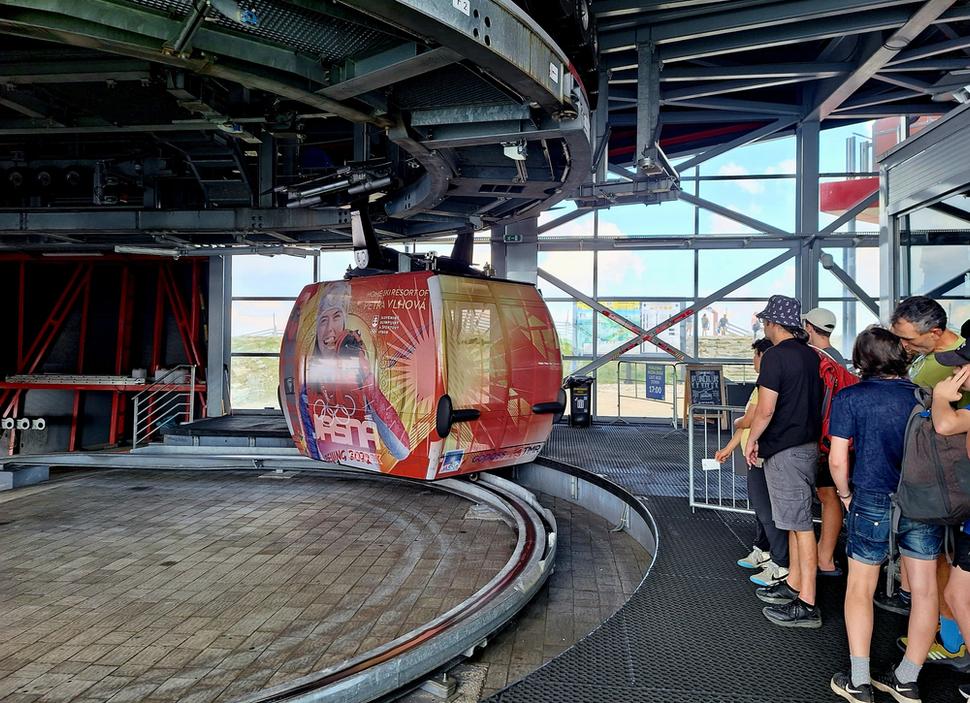 Tourists are waiting for a cable car at Chopok peak. (source: Peter Dlhopolec - The Slovak Spectator)
Tourists are waiting for a cable car at Chopok peak. (source: Peter Dlhopolec - The Slovak Spectator)
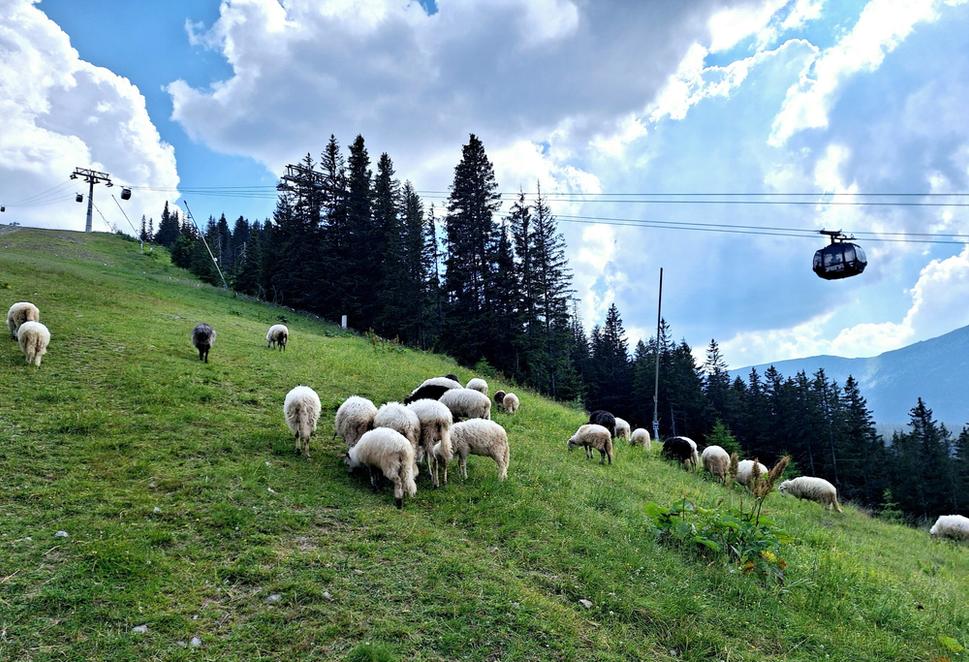 "Valaška" sheep grazing a ski slope at the Priehyba cable car station. (source: Peter Dlhopolec - The Slovak Spectator)
"Valaška" sheep grazing a ski slope at the Priehyba cable car station. (source: Peter Dlhopolec - The Slovak Spectator)
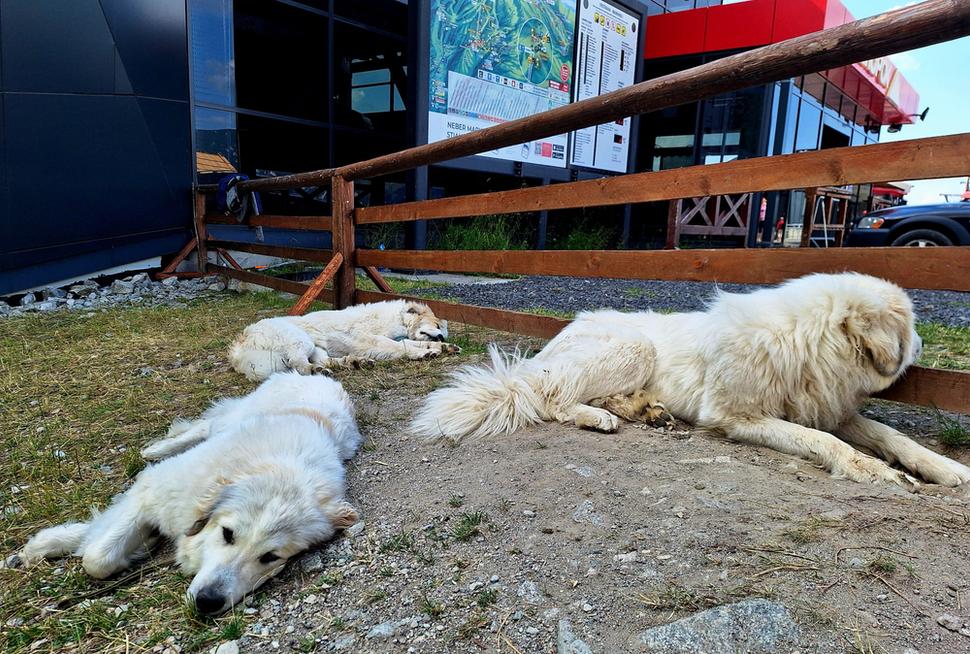 Sol, Kay and Džaila relax in the enclosure. (source: Peter Dlhopolec - The Slovak Spectator)
Sol, Kay and Džaila relax in the enclosure. (source: Peter Dlhopolec - The Slovak Spectator)
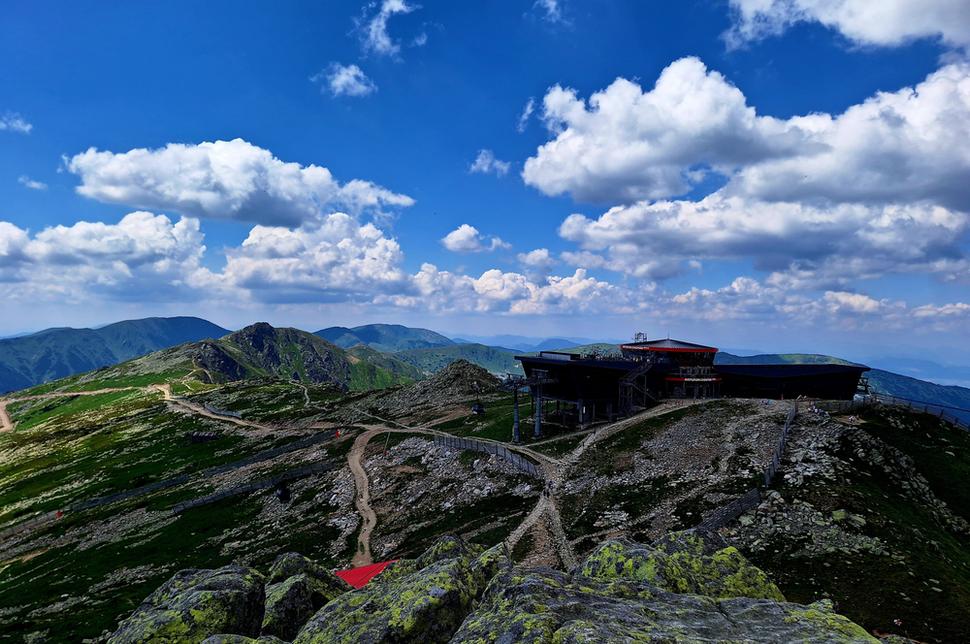 The Rotunda restaurant and hotel below Chopok. (source: Peter Dlhopolec - The Slovak Spectator)
The Rotunda restaurant and hotel below Chopok. (source: Peter Dlhopolec - The Slovak Spectator)
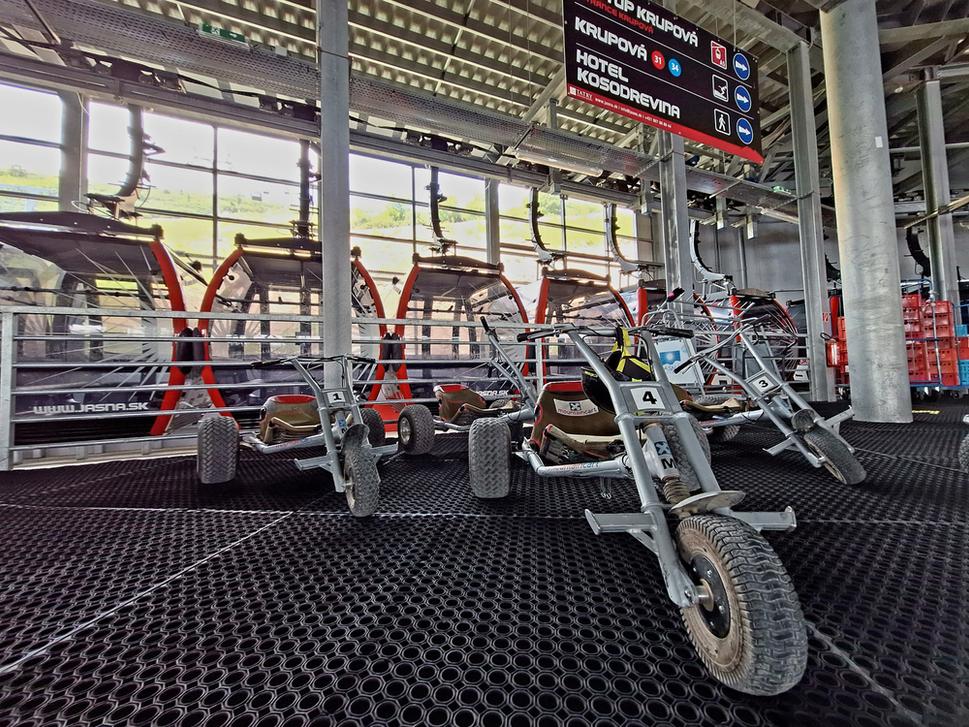 Mountain carts at the Kosodrevina station. (source: Peter Dlhopolec - The Slovak Spectator)
Mountain carts at the Kosodrevina station. (source: Peter Dlhopolec - The Slovak Spectator)
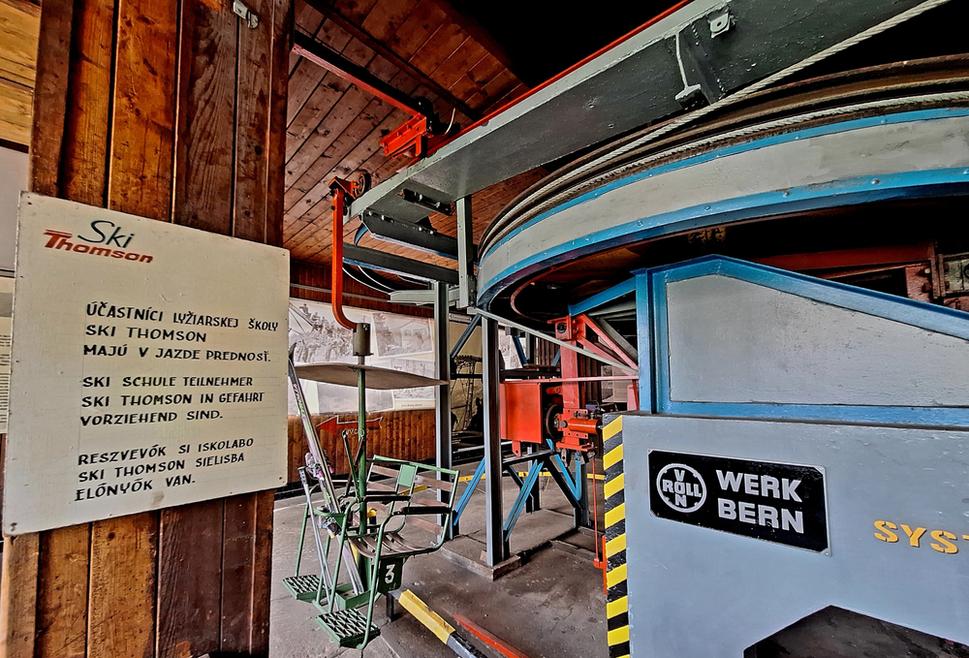 The Von Roll museum devoted to cable cars next to the Kosodrevina restaurant. (source: Peter Dlhopolec - The Slovak Spectator)
The Von Roll museum devoted to cable cars next to the Kosodrevina restaurant. (source: Peter Dlhopolec - The Slovak Spectator)
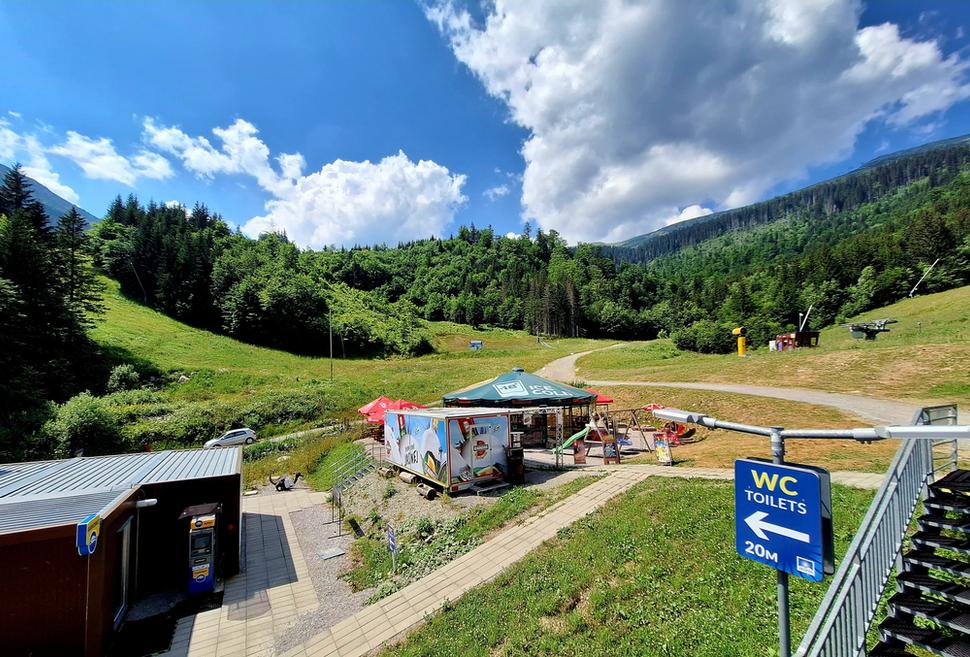 A bar at the Krupová cable car station on the southern side of Chopok. (source: Peter Dlhopolec - The Slovak Spectator)
A bar at the Krupová cable car station on the southern side of Chopok. (source: Peter Dlhopolec - The Slovak Spectator)
 An artificial lake by the Biela Púť cable car station. (source: Facebook/Jasná)
An artificial lake by the Biela Púť cable car station. (source: Facebook/Jasná)